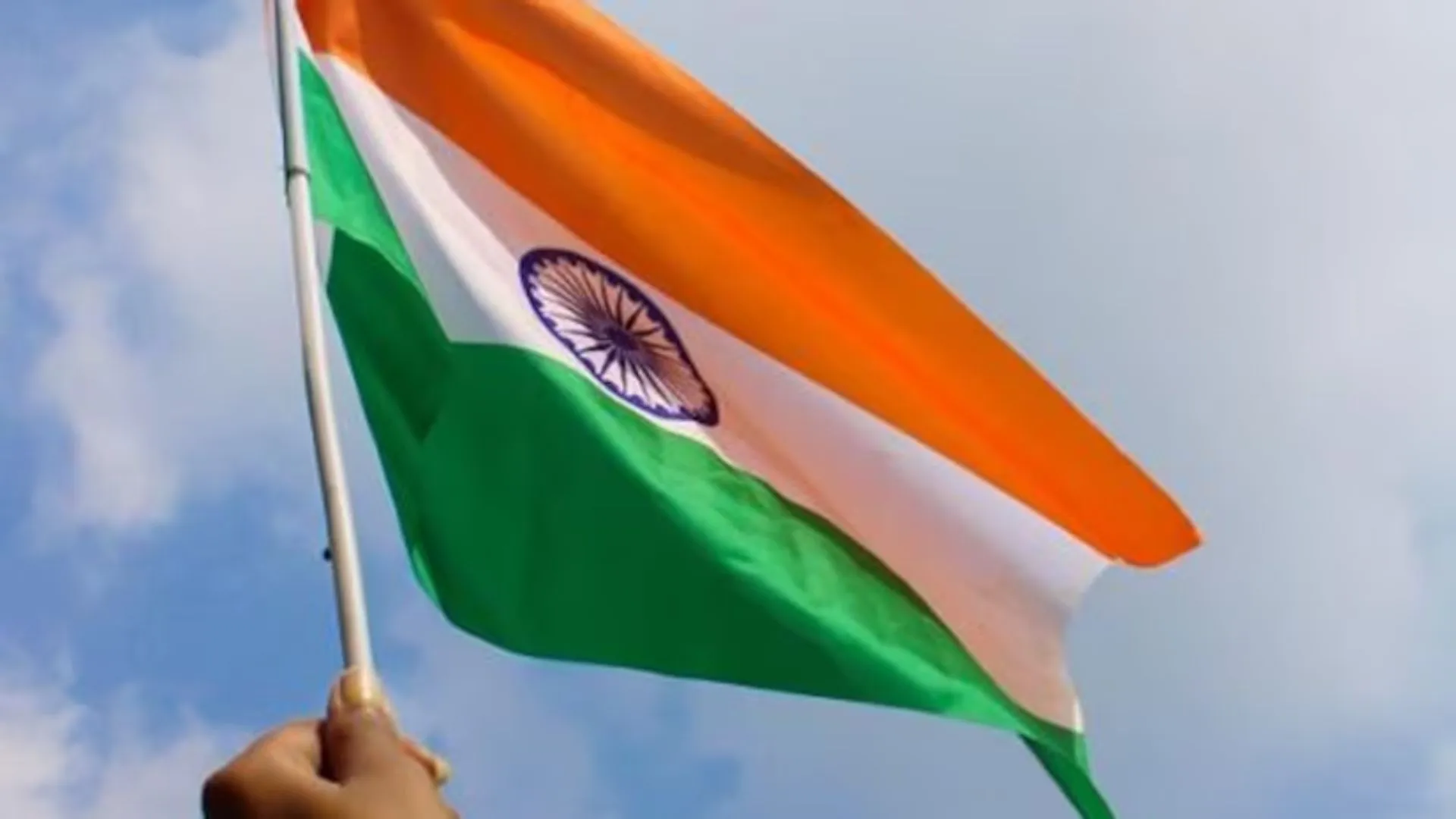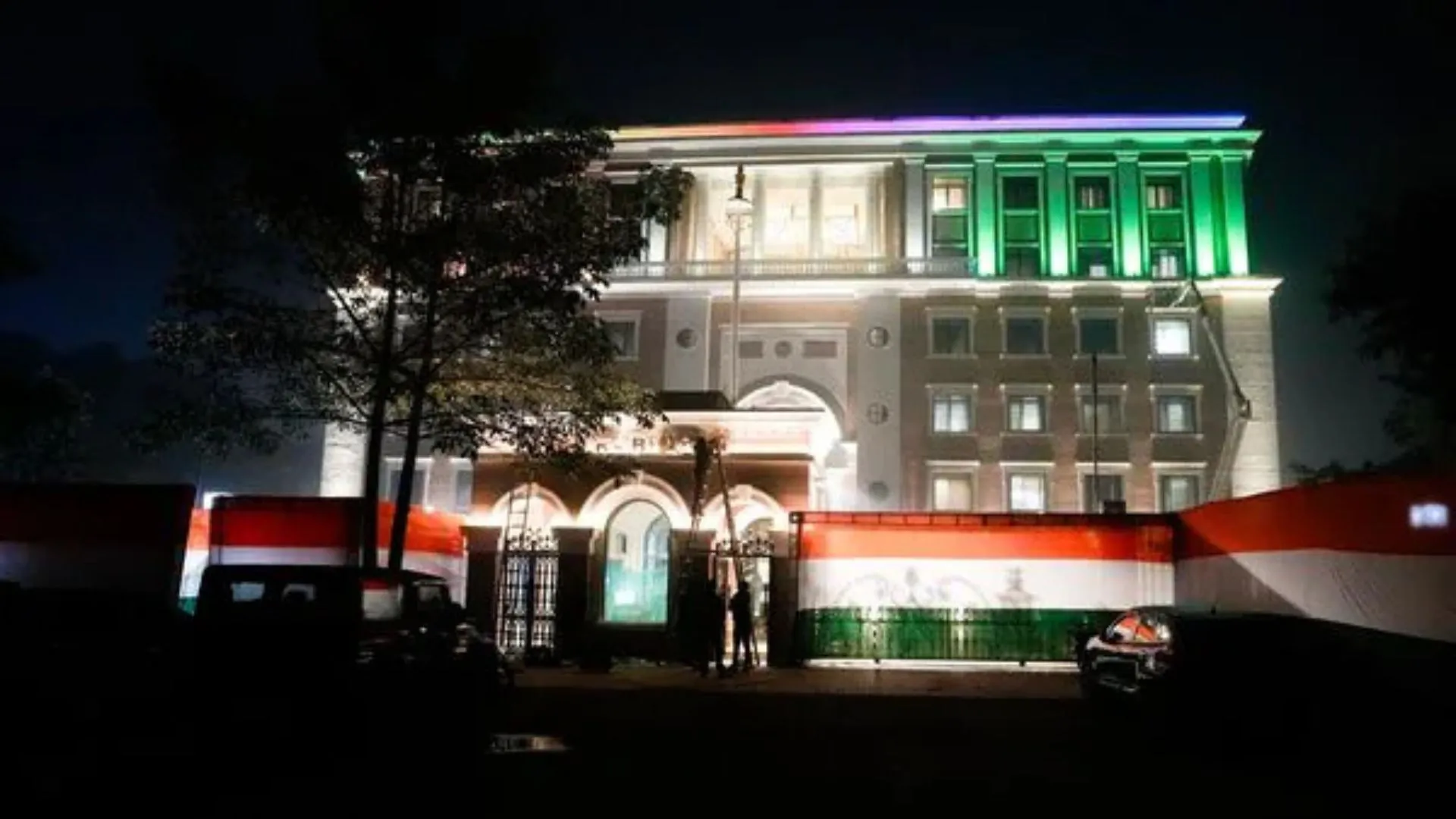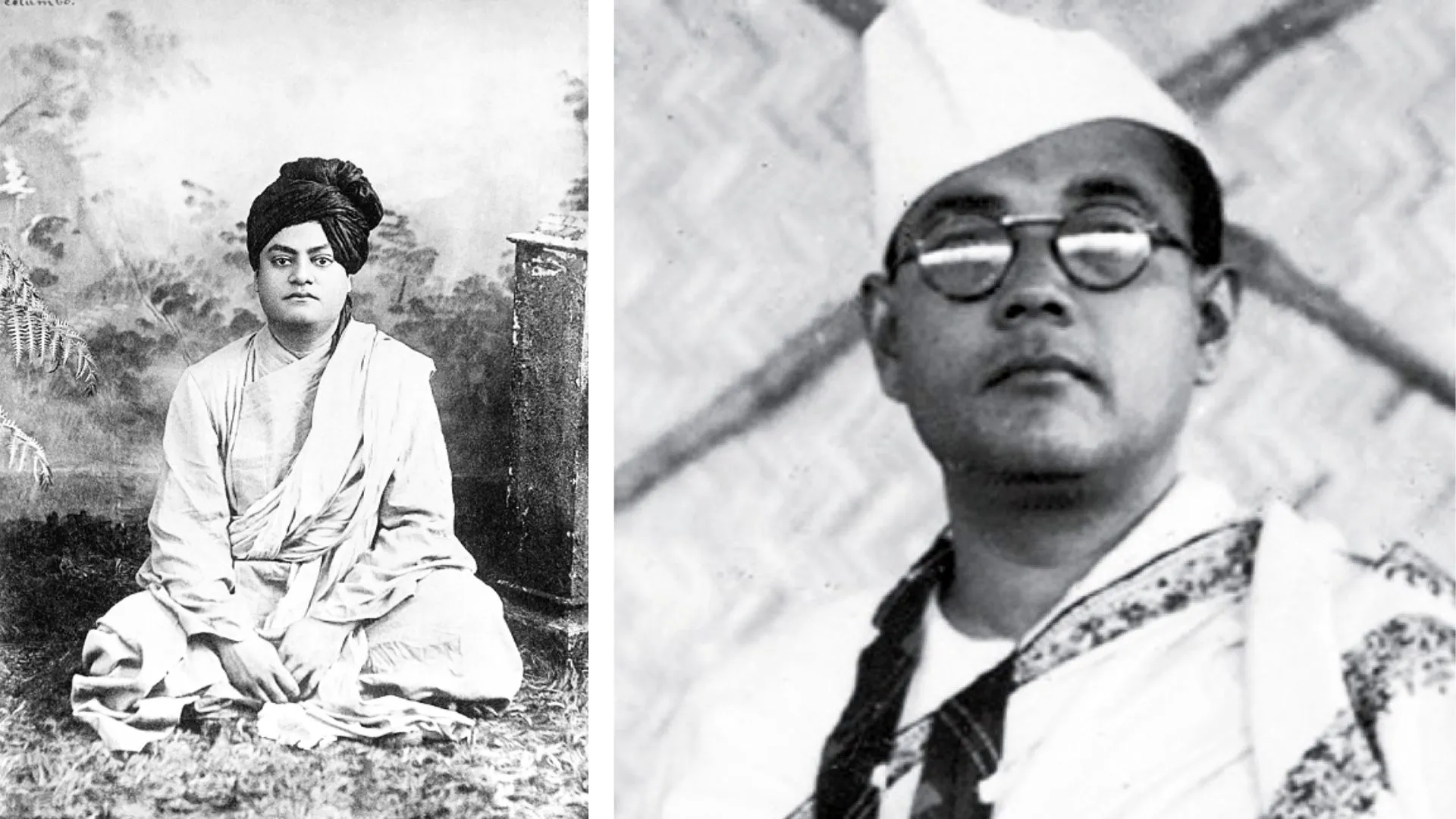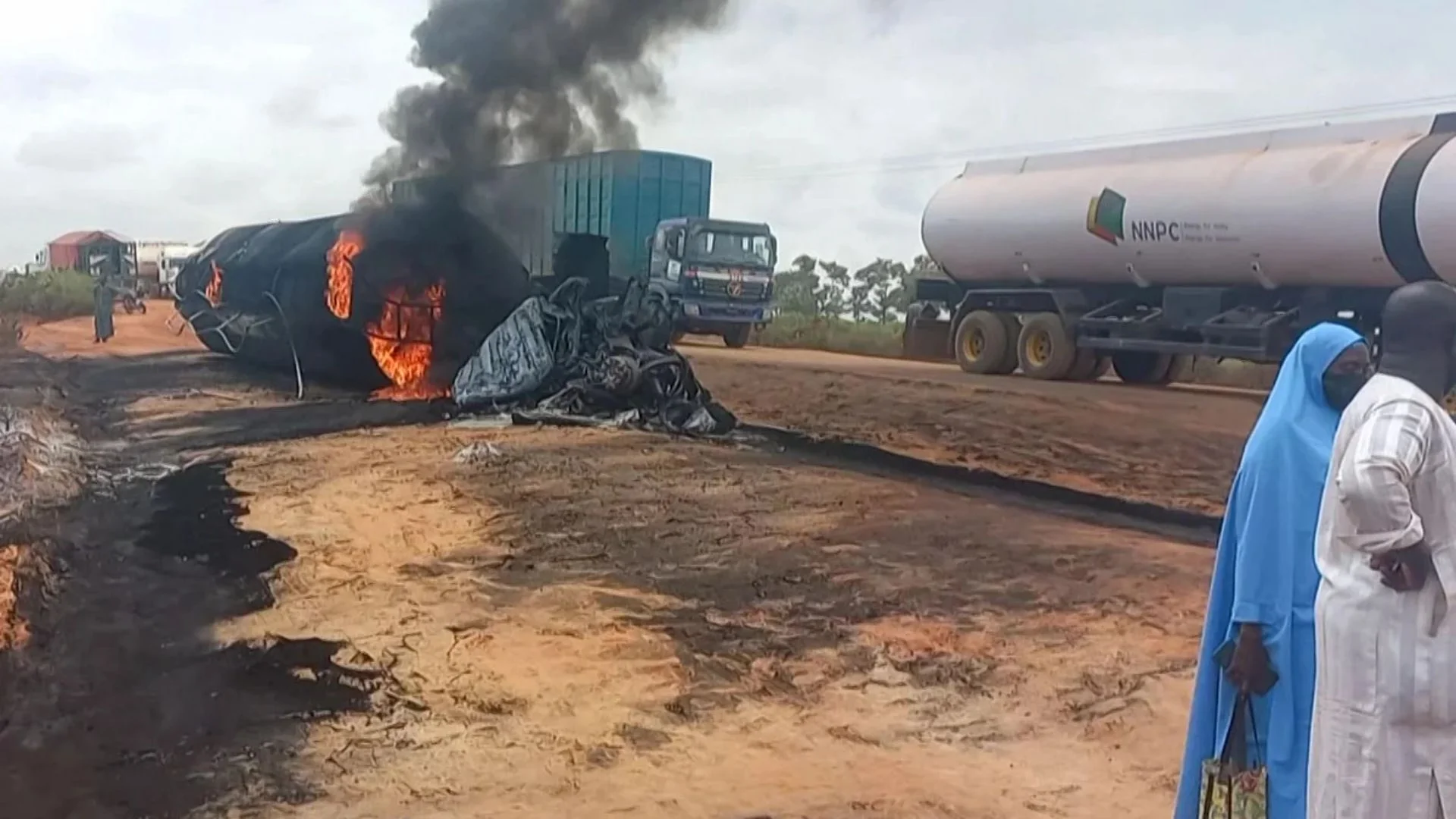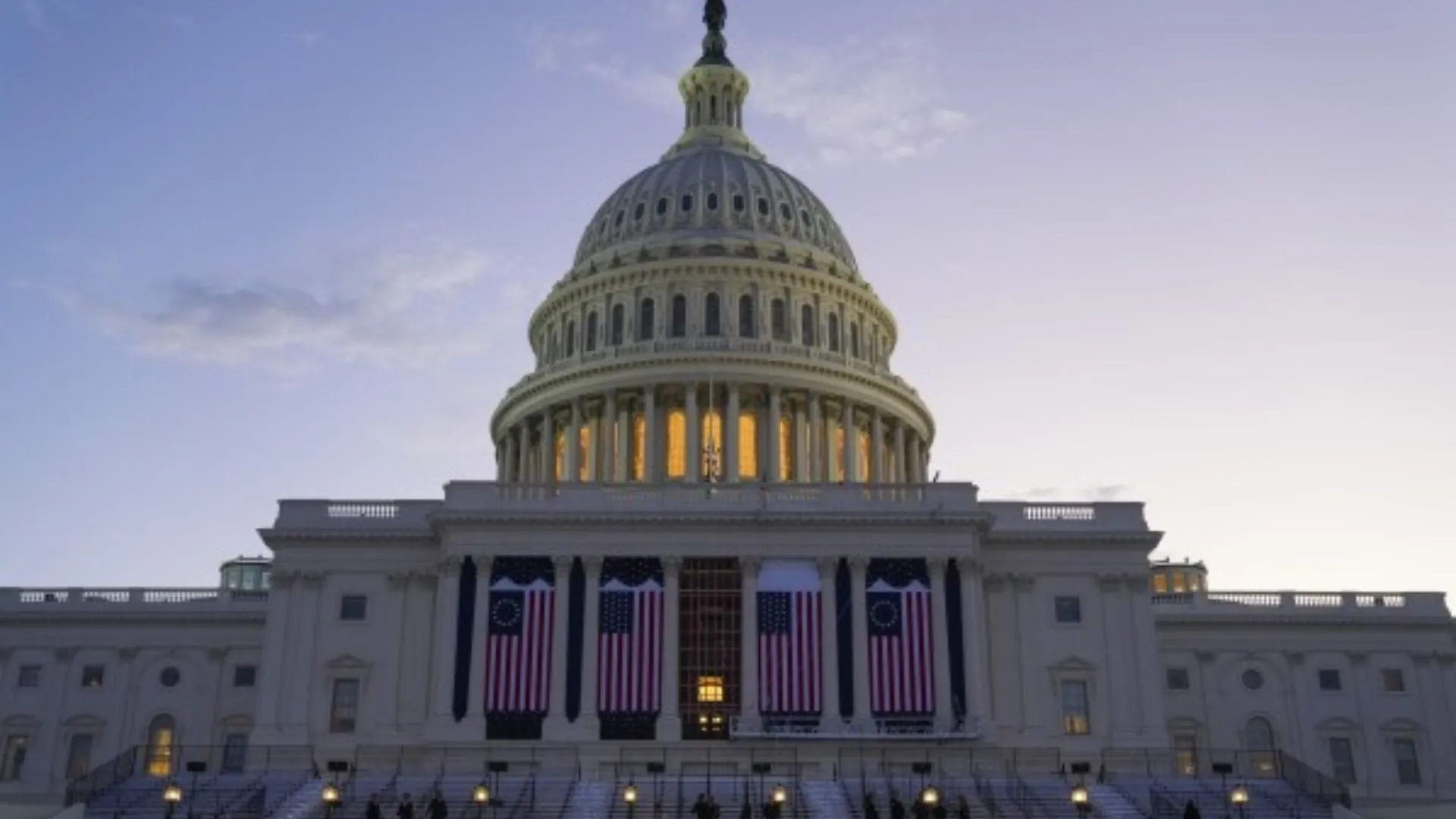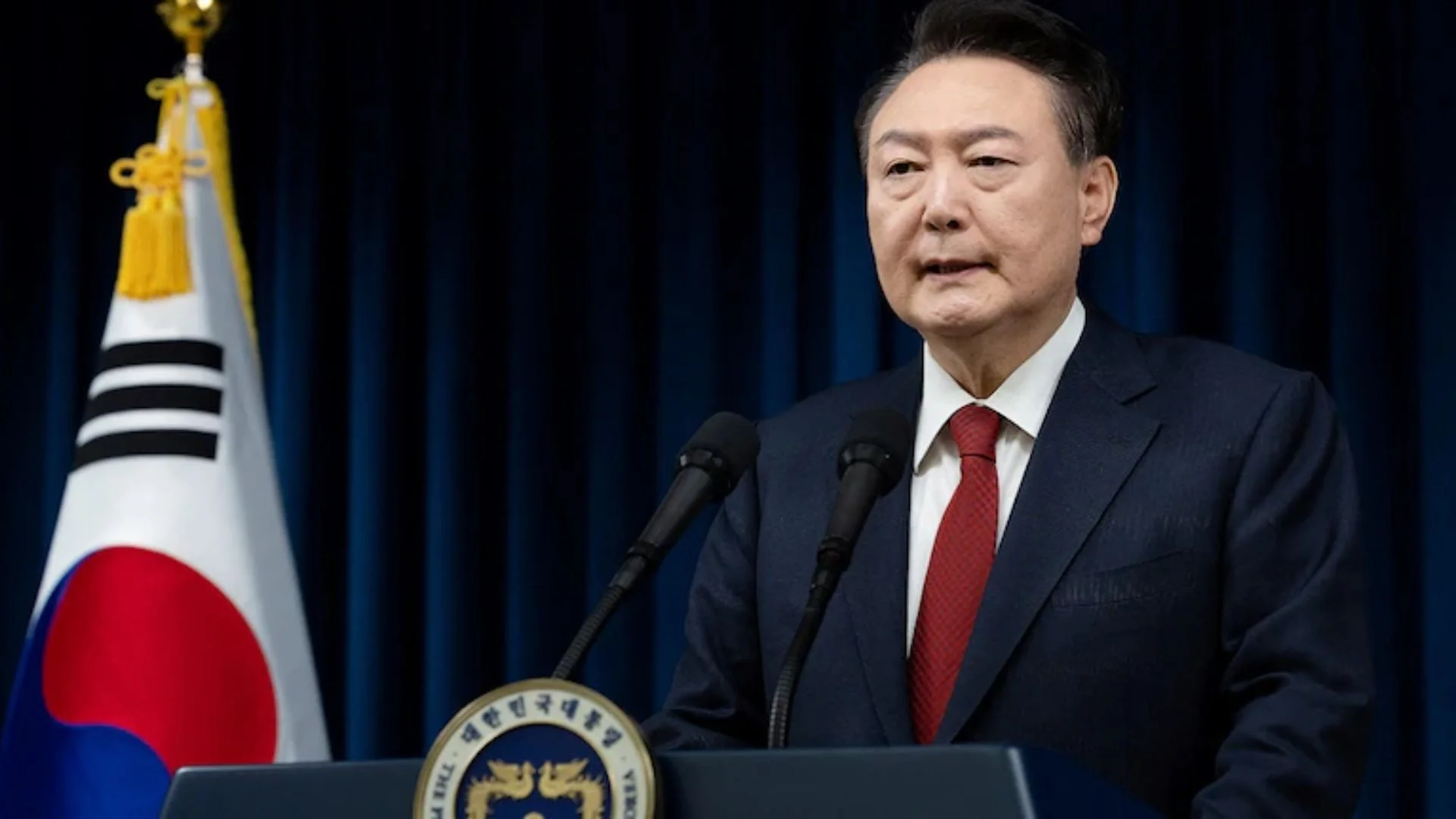Superpower status is earned by amalgamating means of cultural, military, technological, and economic might as well as diplomatic and soft power influence.
The Indian economy is the world’s third-largest in terms of economy based on purchasing power. High-tech centres embodying Bangalore and Hyderabad, paved the way for the meteoric rise of top IT companies like Infosys and Wipro. TCS, HCL, and Tech Mahindra are internationally acclaimed as well. At present, India is the world’s second-largest telecommunication market with a subscriber base of 1.20 billion in the telecom sector.
India has as many cell phone users; almost nowhere is the telecom industry accelerating faster. Indian Television industry worth $22.5 billion boasts of more than 400 private television channels. The subcontinent has made a remarkable progress in renewable energy sectors like solar and wind power. Even though it is still a developing country that is evincing rapid development, India’s current economic growth has enhanced its reputation on the world’s political stage. So, many nations are taking initiatives to foster better relationships with India.
When it comes to defence, Indian Air Force ranks 4th in the list of the strongest Air Forces, 7th in the list of the most powerful navies and 4th in the list of the best armies. Despite being the world’s largest importer of weapons, India is gradually becoming a self -reliant player. India is now resolutely and deservingly demanding a seat on the United Nations Security Council, backed by the majority of the countries. It’s also a nuclear power that has enlarged its arsenal of warheads.
When pushed to the wall during the major bilateral events—notably the Doklam-standoff and the Galwan incident—India acquired a belligerent approach against China. India concluded that if she stood up to China in an eye-ball-to-eye-ball confrontation, Chinese designs can be thwarted or deterred. China succumbed to India’s resolve to safeguard each inch of her territory and withdrew troops from the border on India’s terms. No international think-tank anticipated such an outcome. This was India, the future superpower.
After China and the United States the Military of India boasts of the third largest active duty force in the world, while the Indian Paramilitary Forces, over a million strong, is the second largest paramilitary force in the world. Combined, the total armed forces of India are 2,414,700 strong, the world’s third largest defence force.
In terms of science and state-of –the –art technology, India even dispatched more than a hundred satellites of different nations simultaneously into space some years ago, and concluded missions to the Mars and the Moon exemplarily.
About 50% of India’s population is below the age group of 24. This will furnish the nation with a large workforce assisting in its growth for many decades. It has approximately 65% of its population below the age of 35.
India is reckoned to witness a surge in workforce numbers in the coming decades, while some of the powerful nations will witness a decline.
More than 35 million Indians living across the globe have become socio-economically accomplished— especially in the US and the UK where they are the highest earning ethnic demography. India boasts of being the world’s largest English speaking or understanding population and claims of being one of the largest workforces of engineers, doctors and other key professionals, all comfortable with English.
According to official data from the World Bank, the Gross Domestic Product (GDP) in India was worth 3549.92 billion US dollars in 2023. The GDP value of India represents 3.37 percent of the world economy. According to Trading Economics global macro models and analysts’ expectations, GDP in India is expected to reach 3798.00 billion USD by the end of 2024. According to our econometric models in the long-term, the Indian GDP is projected to trend around 4045.00 billion USD in 2025 and 4300.00 billion USD in 2026.
Moreover, the U.S. government projections corroborated by the bank of America prognosticates India to be the third-largest economy in the world by 2029. India has already surpassed Brazil and Russia in purchasing power estimated by the International Monetary Fund. This booming economic powerhouse demonstrates the power and growth that India will continue to grab onto this decade and beyond.
According to Deutsche Bank Research and the National Council on Applied Economic Research (data is quoted by Centre for Global Development)multinational firms like Apple, Bosch and Whirlpool now manufacture goods in India because of its burgeoning middle class.
Since India has begun considering itself “a leading power,” Ford, Suzuki and Tata are manufacturing more cars in India than Mexico and slightly below South Korea—while becoming the largest market for motorcycles and scooters in 2016—surpassing China.
Comprehending that it is a key element for economic progress, modern India has had a strong priority over science and technology. India stands third among the most profitable investment destinations for technology transactions in the world. The sector has witnessed an upsurge in investment in recent years with more and more multinational companies establishing their R&D centres in India.
In the domain of space research, India pledged its involvement in the US-led Artemis Accords and committed to collaborate with NASA on a joint mission to the International Space Station in 2024. India is reputed to be one of the main technology hubs in the world.
The fusion of a considerable amount of investment in the course of Indian development is because of the Indian performance in the IT & BPM sector, and other activities that require cutting-edge technology and added-value production. India is marching towards the execution of high-speed bullet trains in the country.
India’s evolving position in the UN , the changing equation of Indo-ASEAN and all the above factors clearly proclaim the emergence of India as an emerging global power.
Dr. Ravi Prakash Tiwari is the author of Pun is Fun.

